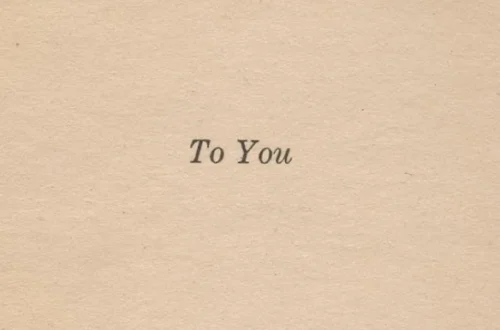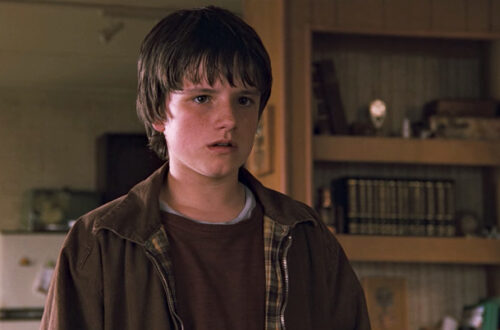
Wisdom 101:Exploring the White Imagination
Welcome to “Wisdom 101”, where I make the conscious decision to not assume that everyone holds the same level of understanding as myself and/or access to certain knowledge. Also, where I realize that I don’t know or have all the answers. Feel free to read attentively and with curiosity, absorb what is being shared, and respond/engage accordingly.
Today’s topic is: “white imagination” because I often see people mention it, but usually don’t take the time to do a deep-dive into what that truly means or looks like.
[Trigger Warning: The white imagination is a dark
and unforgiving place. It is not to be taken lightly.]
What is the white imagination?
First and foremost, I should start by saying that the most dangerous place a person could possibly exist is in the mind of a person who is incapable of seeing them as real and equal beings that occupy the same space as oneself.
Typical example, person A sees person B as inferior to themself and begins to taunt and harass person B. Disregarding whatever home issues, mental instability, etc. that person A has, the point still stands that person A has certain perceptions (in their mind) of person B and acts accordingly with those ideas of inferiority. Pretty straightforward, right? Now, let’s say that as a result person B begins to view themself as inferior, they let their grades drop, stop being as responsive and bubbly, and never stand up to person A because they believe person A’s perception of them to be true. Person A imposes a selective opinion/perception on person B (through forms of violence) and this perception becomes person B’s reality. Do you follow? Fiction transforms into real life, creating a perpetual [continuous] cycle of trauma, abuse, pain, and feelings of inferiority.
In the “white imagination”, the majority white audience becomes a bully/agent that actively imposes their own ideas and assumptions onto Black bodies. Black people (in the eyes of that majority) then become distorted images that play oddly specific roles–such as the desperate Uncle Tom, the monstrous Brute, the loyal Mammy, the seductive Jezebel, and so on and so forth. [search: Black caricatures, Black stereotypes, Anti-Black imagery, etc. to educate yourself] In this manner, Black bodies, emotions, and livelihoods only exist to serve a false narrative created by the white majority.
This fictional narrative suggests that Blackness is inferior to whiteness, and that, as result, Black people are not equals nor human nor capable of being viewed as such within the realm of white fiction. Because, if it is not already clear, the white imagination is a fictional production that has imposed itself on reality. This concept (and reality) comes with the understanding that the “white imagination” is unable to see Black people as anything other than fictional beings. Black people are then stripped of their agency [ability to make choices], their freedom and rights, and their ability to feel very real human emotions and thoughts.
What does the white imagination look like?
Now, you’re probably wondering, ok, that makes sense and all, but when does this actually appear? What does the white imagination look like?
Here are a few prime examples that maybe you’ve seen or witnessed (although there are many many more).
- When interviewers ask Black writers “When will you write about white people?”.
- When white and/or non-Black friends “Just don’t understand what you’re going through” when another Black death occurs as a result to white privilege and supremacy.
- When people say “All lives matter” in an act of protest against the Black Lives Matter movement, and they don’t understand why their statement is harmful and disruptive.
- When a white woman pulls out her phone to call the cops on an African American man whom she claims is allegedly harassing her in a public park.
[the “white imagination” and “white gaze” affect other POC as well]
How are these examples of the white imagination at work?
The question, now, is what makes these moments stark instances of the white imagination? And the answer is simple, really.
It’s the assumption that Black people cannot exist separate from or without mentioning whiteness. It’s the idea that as a white person it is impossible to understand why Black people are upset about deaths of other Black people in the media. As if those lost lives don’t affect or impose themselves on the white mind (because the truth is, they don’t). It is the push to argue that “all lives matter”. As if the BLM movement is suggesting that they don’t because of course we can’t have a conversation about Black people in America without also talking about White Americans and/or other people of color. It is the idea that any Black person is automatically a threat to whiteness because how dare Black people actively live their lives and mind their own business.
The absurdity is that so many people ask “Why make everything about race?” when Black people express their issues. But by asking this question, COMPLETELY disregard how the white imagination–created and maintained by the white majority–is the entity that makes everything racialized. The white imagination does not allow Black people to live for a moment without realizing/acknowledging how Black and non-white they really are. And this Blackness–seen as inferior–is a threat, a constant thought, and figment of the imagination in white people’s minds.
Black people become nothing more than characters in a story (puppets really). Sometimes seen as magical, otherworldly beings [search: magical negro]. We become exotic and even more unreal or incomprehensible to them [search: the Hottentot Venus or any other black woman idolized and placed on spectacle for her body]. We become characterized as inhumanly strong [search: legend of John Henry or any other strong, athletic Black man]. Or as unemotional and uncaring when in regards to family and community. Whatever the case may be, we are never seen as human.
Nor are we given the freedom to 1) make mistakes, and 2) just be average people who aren’t teetering on the extremes of the white subconscious mind. And that is why the list of Black names brutalized and discriminatEd against continues to grow. Because this American soil was fabricated on a narrative that only works with the white majority at the top, pulling the strings. Because in order to be acknowledged as anything other than tools/props, Black people must be excellent and extraordinary and beyond the white imagination [search: Beyonce or any other widely held and recognized Black celebrity in mainstream media]. We must be seen as elements of white entertainment purposes, or for perpetuating our own inferiority and primitiveness [search: Josephine Baker].
The white imagination is incapable of seeing the complexity of Blackness. How there are differing shades, style, accents, histories, etc. In the white imagination Black people sprung from a lack-of-whiteness. Black people simultaneously condemned and saved by whiteness, and if not for that, we would not exist. We are either loyal servants or traitorous monsters.
How does the white imagination appear in your own life?
Contrary to popular belief: Black lives, bodies, and people do, in fact, exist outside of the molds/modes of the white imagination.
This realization comes through self-awareness and acknowledgement of how the fictions of “white imagination” shape your own daily life. And even, taking a step further, how you may be complacent to those stereotypes and assumptions. This goes for any and everyone able to harbor feelings of anti-Blackness. We all are a part of the same systems and are fed the same information and false realities.
What do you do to combat the influence of the white imagination in your own life and relationships?


You May Also Like

The Obsessive Search for Honor
June 30, 2023
RE: A Letter to the White Gaze and Imagination
August 28, 2020
